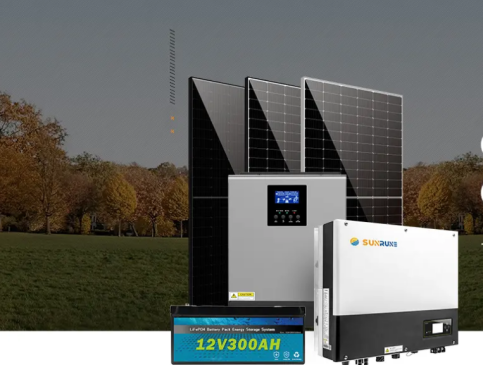When should the inverter be disconnected?
Lead-acid batteries self-discharge at a rate of 4 to 6% per month when the inverter is switched off. When the float is charged, the battery will lose 1 percent of its capacity. So if you are going on holiday for 2-3 months away from home. Switching off the inverter will give you a small gain. This will not damage the battery, but it will discharge it by 12-18%.
However, before going on holiday and switching off the inverter, make sure that the batteries are fully charged and the water level is full. Don’t forget to switch the inverter back on when you return.
The inverter should not be switched off for more than 4 months for newer batteries or 3 months for older batteries.
How to switch off the inverter when not in use
To switch off the inverter, first, select the bypass option using the bypass switch on the back of the inverter. Then locate the On/Off button on the front of the inverter and press and hold the button until the inverter shuts down.
If the inverter does not have a bypass switch, follow the steps below.
Step 1: Switch off the inverter using the front button and press and hold the button until the inverter shuts down.
Step 2: Switch off the mains socket, supply power to the inverter from the mains, and then unplug the inverter from the mains socket.
Step 3: Now unplug the output of your home inverter, plug it into your home socket, and switch it on.
This will allow you to switch off and bypass a home inverter that does not have a bypass switch.
Do inverters use power when not in use?
Yes, inverters can consume a small amount of power even when not in use. This power is typically used for internal functions such as monitoring, standby mode, and maintaining settings. However, the power consumption in standby mode is generally low compared to when the inverter is actively converting DC power into AC power.
There are a number of steps you can take to minimize the power consumption of an inverter when it is not in use:
Activate the sleep or power saving mode: Some inverters have a sleep or power saving mode that reduces their power consumption when not in use. Make sure you enable this feature if your inverter has it.
Switch off the inverter when not in use: If you know you won’t be using the inverter for an extended period of time, consider turning it off completely. This will ensure that it does not draw power when not in use.
Unplug unnecessary loads: If you have equipment or appliances connected to the inverter, be sure to unplug them when not in use. This will reduce the overall power consumption of the inverter.
Choose a more energy-efficient inverter: When buying an inverter, consider models that are designed to be energy efficient even in standby mode. Look for inverters with lower standby power consumption ratings.
Use multiple socket strips or timers: If you have multiple devices connected to the inverter, consider using power strips or timers to easily turn off all connected devices when not in use. This will prevent unnecessary power consumption.
By following these steps, you can minimize the power consumption of your inverter when not in use, helping to save energy and reduce your carbon footprint.
Post time: Aug-19-2023
